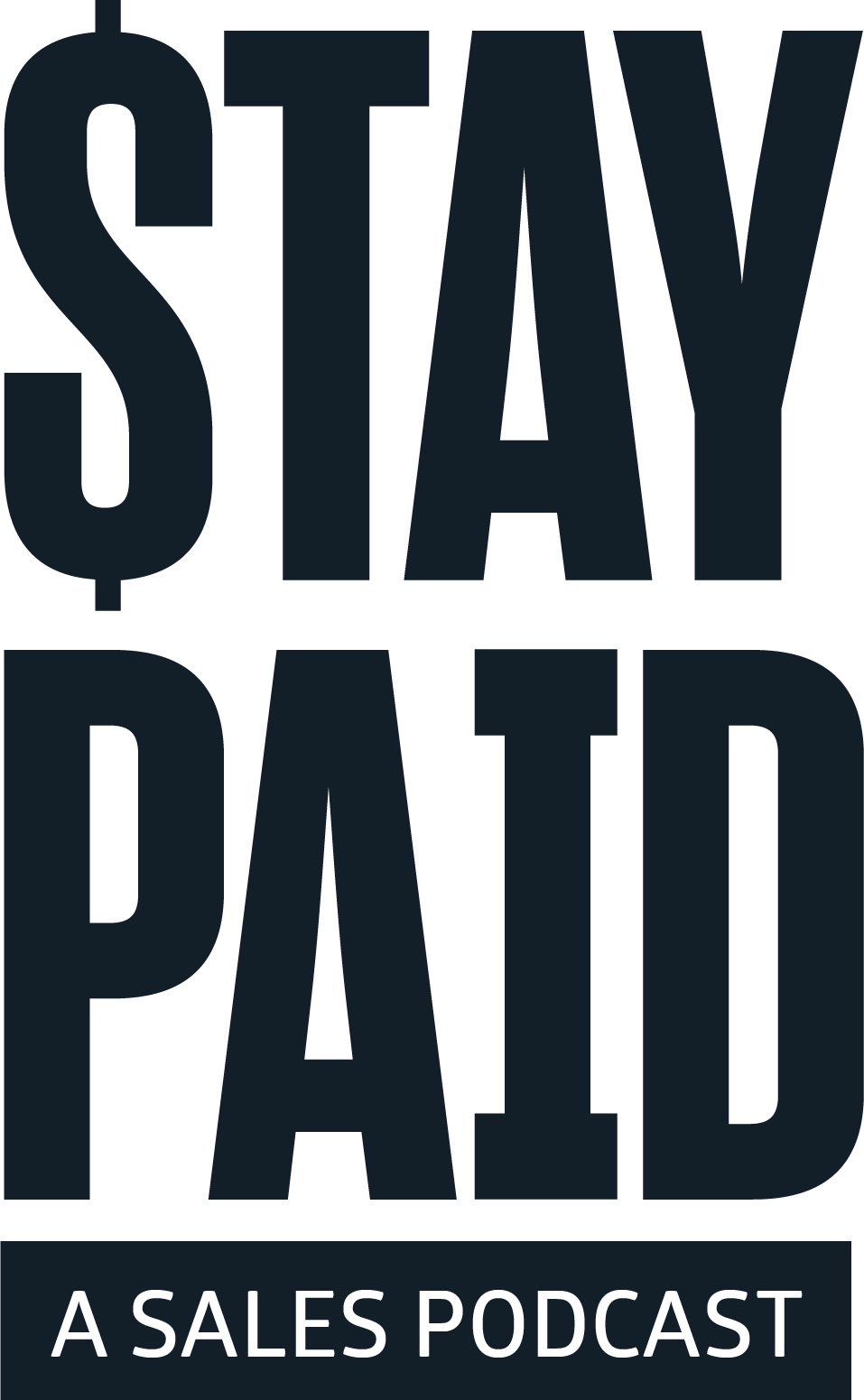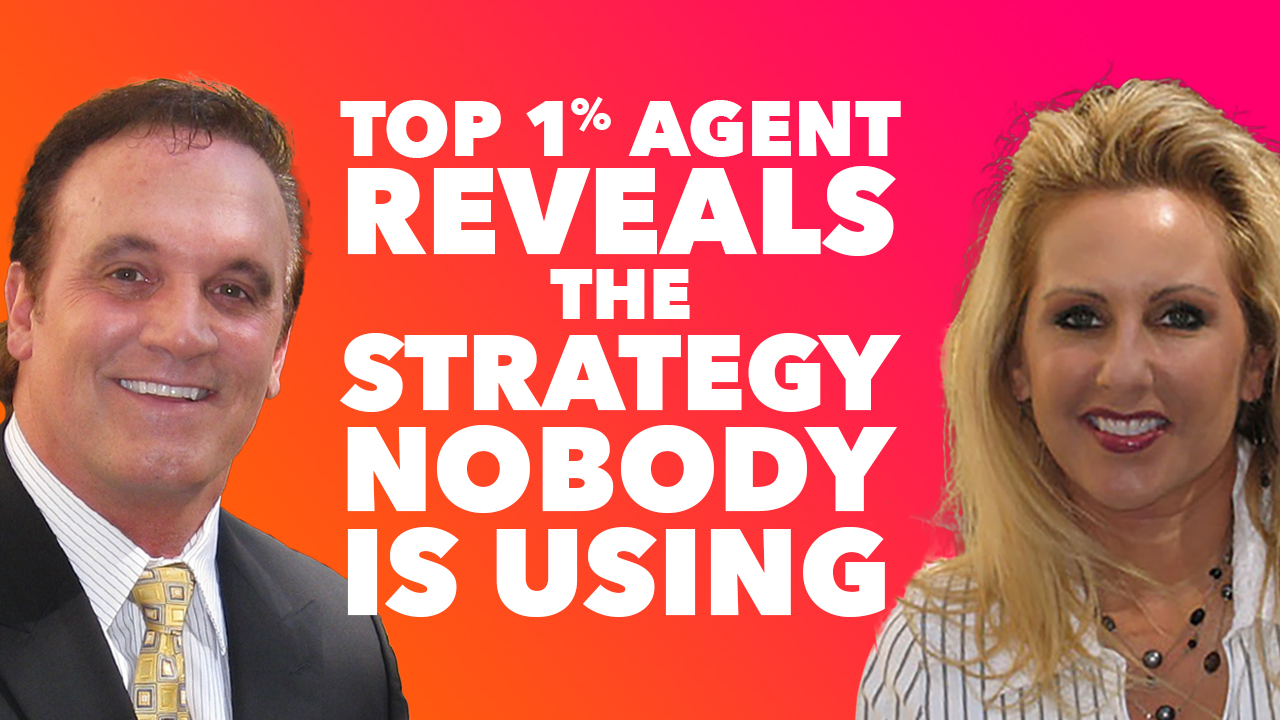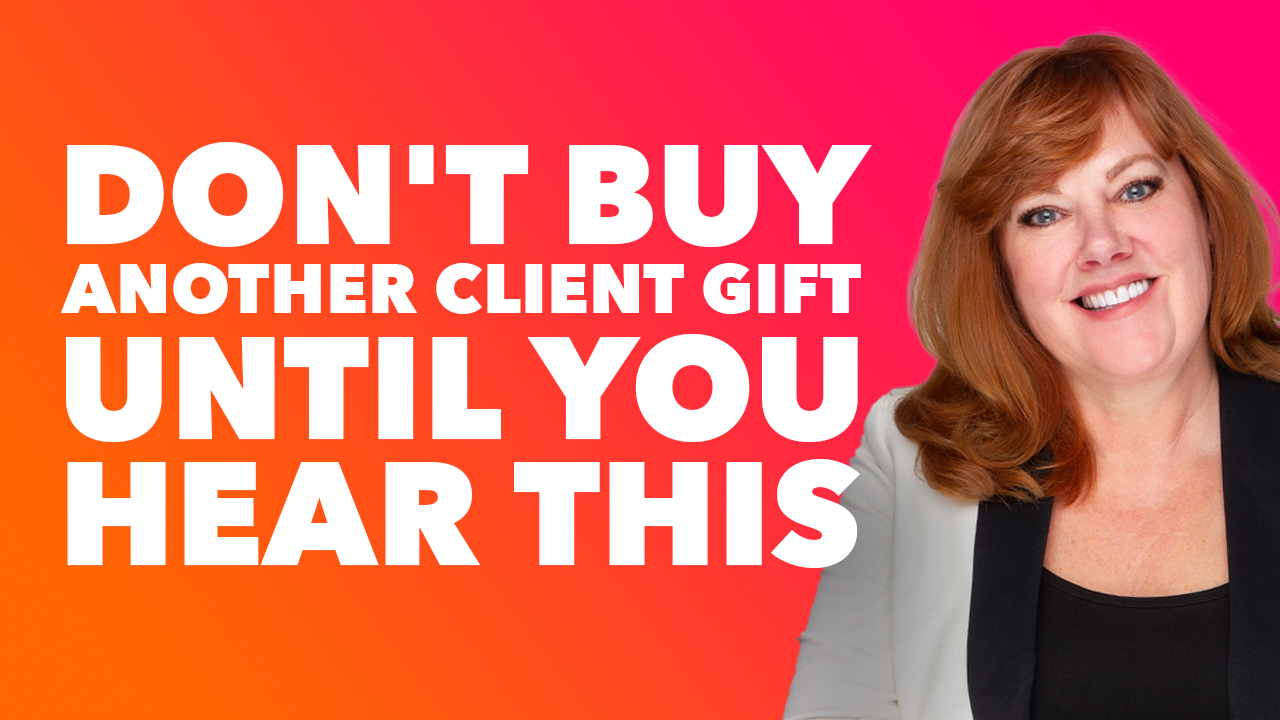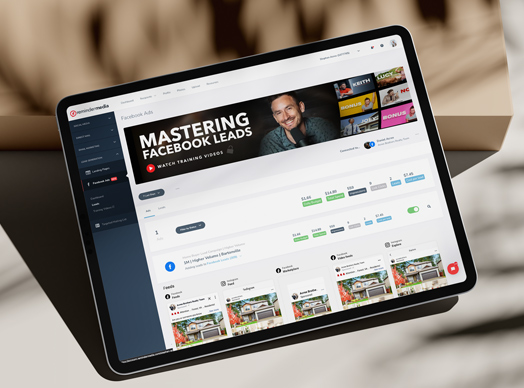Whether you’re brand new to real estate or just need to refill your pipeline of leads, farming is one of the very best ways to ensure you have enough listings to hit your goals for the months ahead.
The idea behind farming is to connect with a targeted group of people consistently over a period of time—building awareness of your brand and driving transactions in the long term.
Of course, if this approach is going to work, you need to deliberate about everything you do. You need to offer value consistently and lead with messaging that resonates with your audience. You also need to make sure you’re farming the right community.
Here are the three factors you should consider when you’re selecting a geo-farm.
Who’s your competition?
Real estate is a competitive industry, and it can be difficult to break in to some markets. If you live in an area that’s already represented by one or more real estate agents, it’s going to be a lot harder to become the go-to agent in your neighborhood.
That’s because farming is a long-term game. You won’t see significant results right away. Instead, you’ll gradually building mindshare, establishing yourself as the local subject matter expert.
When you’re in a market that’s already dominated by another agent, your competition has a head start. This makes it that much harder to build your brand.
One solution is to focus on niche clients—for example: retirees, renters, or luxury housing—who might currently be underserved by agents in the area. This will also help you to focus your marketing messaging, which will, in turn, establish you as a subject matter expert.
If you’d like to cast a slightly wider net, all you need to do is look to another geographic farm. Remember: in real estate, it’s best to focus in on highly defined target markets. You don’t need to cater to an entire city, or even necessarily a whole neighborhood. Within each of these communities, there are smaller micro-communities that will undoubtedly need the services of an agent.
How big is this farm?
While you can get great results by focusing on small geographic areas, it’s best not to choose a farm that’s too small. Whether you’re farming through Facebook ads, postcards, or other methods such as door knocking, you need to go in with realistic expectations. Real estate is a numbers game, and you’re simply not going to win the business of every household in the market.
If you’re going to devote time and resources to a geographic farm, you should make sure you can reach 250 contacts consistently over a 12-month period.
Why is the number 250 so important? According to Gary Keller’s best-selling book, The Millionaire Real Estate Agent, you should be able to convert 1 client per year for every 50 people in your geographic farm, simply by sending one direct mail piece to each of those people every month.
With that logic, you can close five transactions by sending 250 people a direct mail piece (such as a postcard) once a month for 12 months. That won’t be enough to keep your business afloat for years to come, but it’s a great way to build your client list (which you can then leverage for referrals and repeat transactions).
The bottom line is, if your farm consists of less than 250 households, you might want to consider targeting a bigger area—unless you’re working in a luxury housing market, where you’ve determined the initial investment will be outweighed by the potential return.
What is the turnover rate for homes?
Let’s say you’ve found a decently large farm where there’s an opportunity for you to become the go-to agent. While this is a great start, it’s no guarantee that you’ll find success.
That’s because farming only works when there is a decent turnover rate. In other words, if people aren’t regularly buying and selling homes in your farm, you’re not going to have a steady pipeline of leads.
When you’re selecting a geographic farm, you want to aim for a community with a turnover rate of at least 5%. That way, your farming efforts will have the chance to bear fruit with at least 1 in 20 households in a given year.
Ultimately, farming (like real estate in general) is a numbers game. When you farm with a greater group of relevant households, you have a higher chance of success. But you’ll only yield great results if you reach out consistently with a high-quality, cost-effective piece of marketing.
If you’re a ReminderMedia customer, you can now send our latest product offering, Print on Demand Postcards, to your geographic farm. These postcards are up to 21 percent cheaper than our online competitors, and are designed by the same talented team who creates American Lifestyle and Start Healthy magazines. Click here to learn more.






















